Green roof modules are revolutionizing how we approach sustainability and urban landscaping. These modular trays provide a scalable and efficient way to implement green roofs on buildings of all shapes and sizes. From small residential homes to large commercial complexes, Green Roof Modules allow you to transform unused roof space into vibrant green areas that promote biodiversity, reduce energy consumption, and enhance property value.
In this article, we’ll explore nine smart ways to use green roof modules, helping you get the most out of your rooftop while contributing to a greener planet.
1. Improve Energy Efficiency in Buildings
One of the most practical uses of green roof modules is improving a building’s energy efficiency. These modular systems provide a layer of insulation that helps regulate indoor temperatures year-round. In the summer, they reduce the heat absorbed by the roof, lowering cooling costs. In the winter, they retain warmth, reducing heating requirements.
With green roof modules, you not only cut down on utility bills but also reduce your building’s overall carbon footprint. This makes them a cost-effective and eco-conscious choice for both residential and commercial property owners.
2. Create Urban Green Spaces
Urban environments often suffer from a lack of greenery due to limited space. Green roof modules offer an excellent solution by turning rooftops into usable green spaces. Whether you’re building a private garden, a community space, or a relaxing lounge for employees, these modules can help bring nature to the heart of the city.
Because they’re modular, green roof systems like the HT-508 can be installed and rearranged with ease, making them ideal for custom landscaping projects in dense urban areas.
3. Enhance Stormwater Management
Cities face increasing challenges with stormwater runoff, especially during heavy rainfall. Traditional roofs contribute to water runoff, which overwhelms drainage systems and leads to flooding. Green roof modules absorb and retain rainwater, reducing runoff volume and delaying peak flow times.
The HT-508 modular system, for instance, includes advanced water retention and drainage features. This ensures optimal plant hydration while helping municipalities manage water more effectively.
4. Promote Biodiversity and Ecosystem Restoration
Green roof modules can be strategically planted to support native flora and fauna. By selecting plant species that attract pollinators like bees and butterflies, you can turn your roof into a mini ecosystem that supports urban biodiversity.
In cities where natural habitats are declining, green roof modules play a vital role in creating safe havens for birds, insects, and other wildlife. These green spaces also act as stepping stones that connect fragmented habitats across urban landscapes.
5. Extend Roof Lifespan
The harsh elements—sunlight, wind, rain, and snow—can degrade roofing materials over time. Green roof modules protect the underlying roof membrane from these conditions. By acting as a shield, they extend the life of your roof by reducing thermal fluctuations and physical wear.
With proper maintenance, green roof modules can double or even triple the lifespan of conventional roofs, offering long-term savings and reduced material waste.
6. Add Aesthetic Appeal to Buildings
A green roof isn’t just functional—it’s also beautiful. Green roof modules allow architects and designers to introduce vibrant, visually appealing green spaces that blend seamlessly with modern and traditional architecture. The HT-508 system, with its sleek and uniform design, allows for a clean, professional appearance while offering customization with different plant varieties.
This added curb appeal can increase property value and make commercial spaces more attractive to clients and tenants.
7. Support Urban Agriculture Initiatives
Urban farming is gaining traction as cities look for ways to increase food security and promote local produce. Green roof modules are an excellent platform for growing herbs, vegetables, and edible flowers in urban environments. Their modular nature makes them easy to manage, rearrange, and harvest.
With adequate sunlight, irrigation, and maintenance, rooftop farms can become productive and educational spaces that benefit local communities.
8. Boost Air Quality and Reduce Noise
Green roof modules contribute to cleaner air by filtering pollutants and capturing airborne particles. Plants absorb carbon dioxide and release oxygen, helping to improve urban air quality. In addition, green roofs act as sound barriers, absorbing and deflecting noise from traffic and industrial activity.
This dual benefit is particularly valuable in dense urban areas where pollution and noise are common problems. The modular system’s soil and vegetation layers enhance acoustic performance while adding fresh air to the environment.
9. Facilitate Easy Maintenance and Scalability
One of the biggest advantages of using green roof modules is their ease of installation and maintenance. Unlike traditional green roofs, modular systems like the HT-508 are pre-grown or pre-assembled, minimizing on-site labor. Damaged sections can be replaced individually without disturbing the entire roof system.
This flexibility makes green roof modules an ideal solution for phased projects, pilot installations, or expanding existing green roofs over time. Property owners can start small and scale up as budgets and needs evolve.
Conclusion: Unlock the Full Potential of Your Roof
Green roof modules are more than just a trend—they’re a practical, sustainable, and beautiful solution to many urban challenges. Whether you’re looking to save energy, support the environment, or enhance your building’s appeal, modular green roof systems like the HT-508 offer unmatched versatility.
By implementing these nine smart uses, you can turn any rooftop into a valuable asset that benefits your property, your community, and the planet. Explore the possibilities today with Green Roof Modules HT-508, and take the first step toward smarter, greener urban living.
Our website is your ultimate source of valuable information.
Frequently Asked Questions (FAQ)
1. What are green roof modules?
Green roof modules are pre-assembled trays that contain soil, drainage, and vegetation layers. They simplify the installation and maintenance of green roofs by allowing modular customization and scalability.
2. Can green roof modules be installed on any building?
Most flat and slightly sloped roofs can support green roof modules, provided the structure can handle the added weight. A professional assessment is recommended to ensure safety and feasibility.
3. How do I maintain green roof modules?
Maintenance involves occasional weeding, irrigation (if not automated), and replacing damaged modules or plants. The modular design makes this process much easier compared to traditional green roofs.
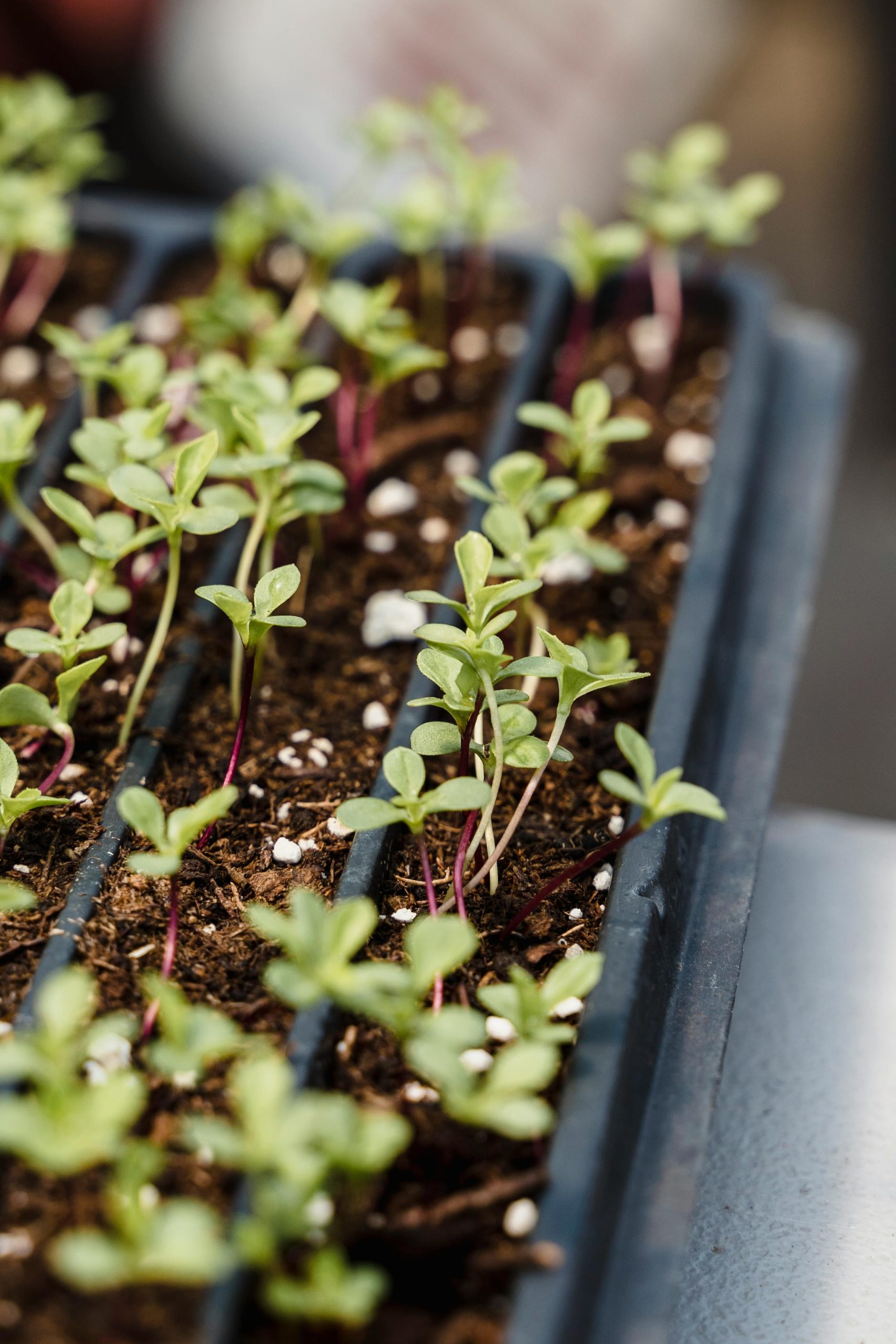

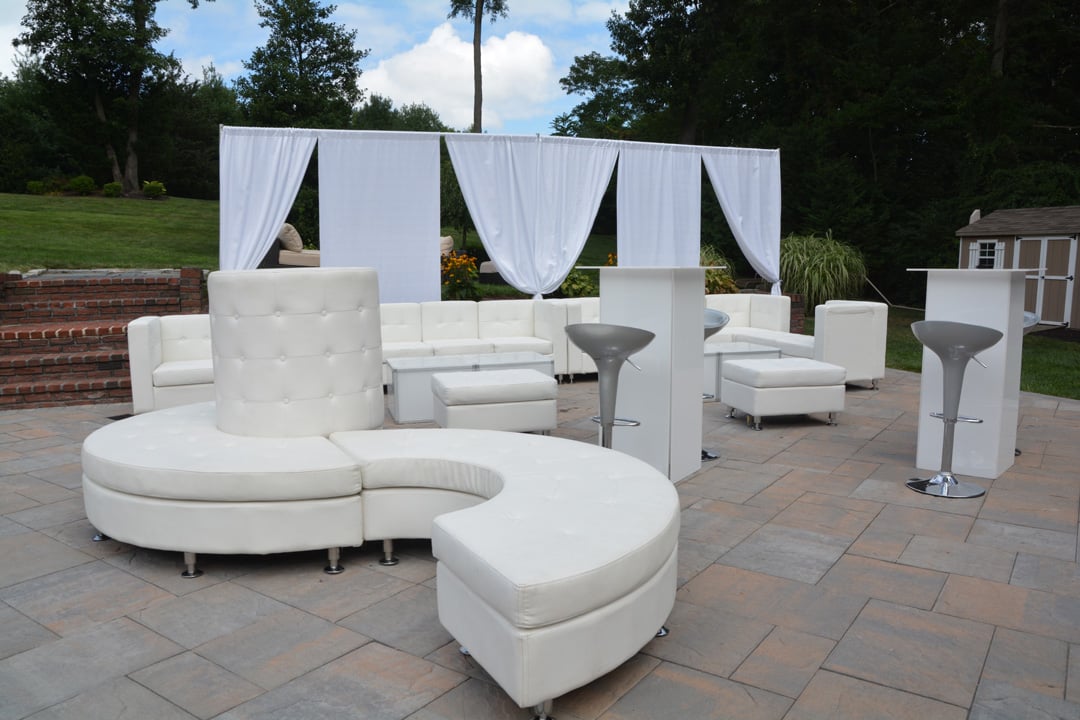

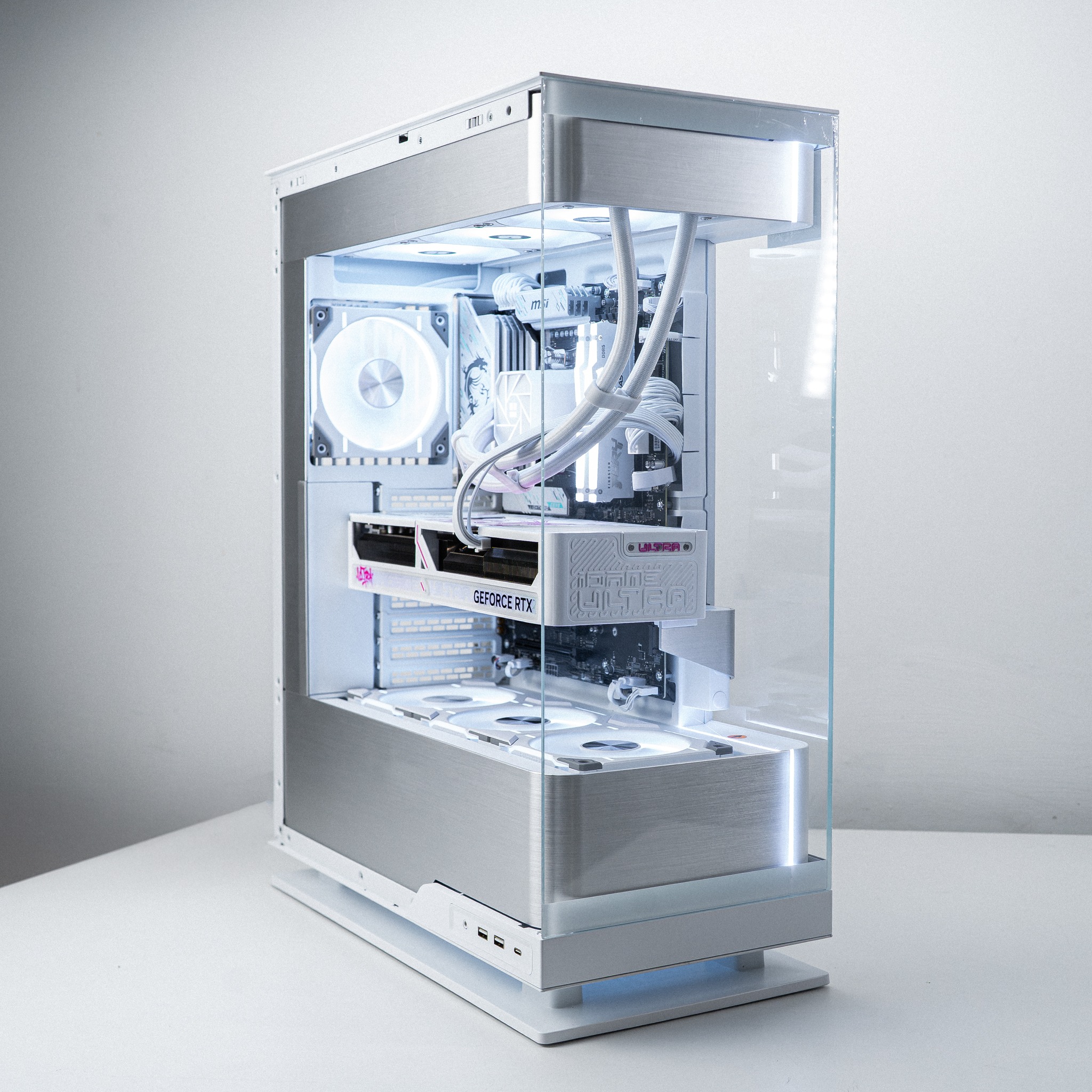
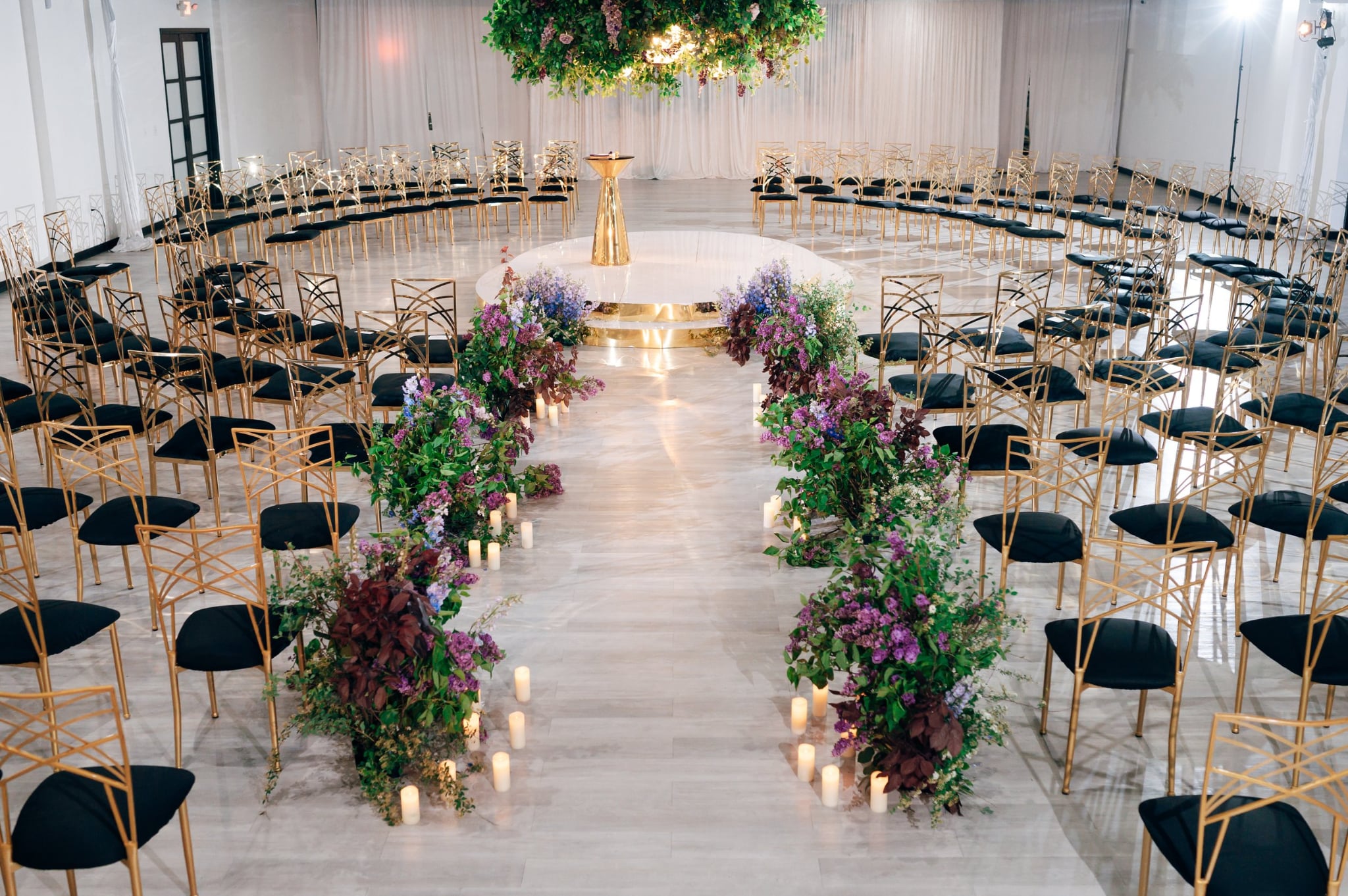
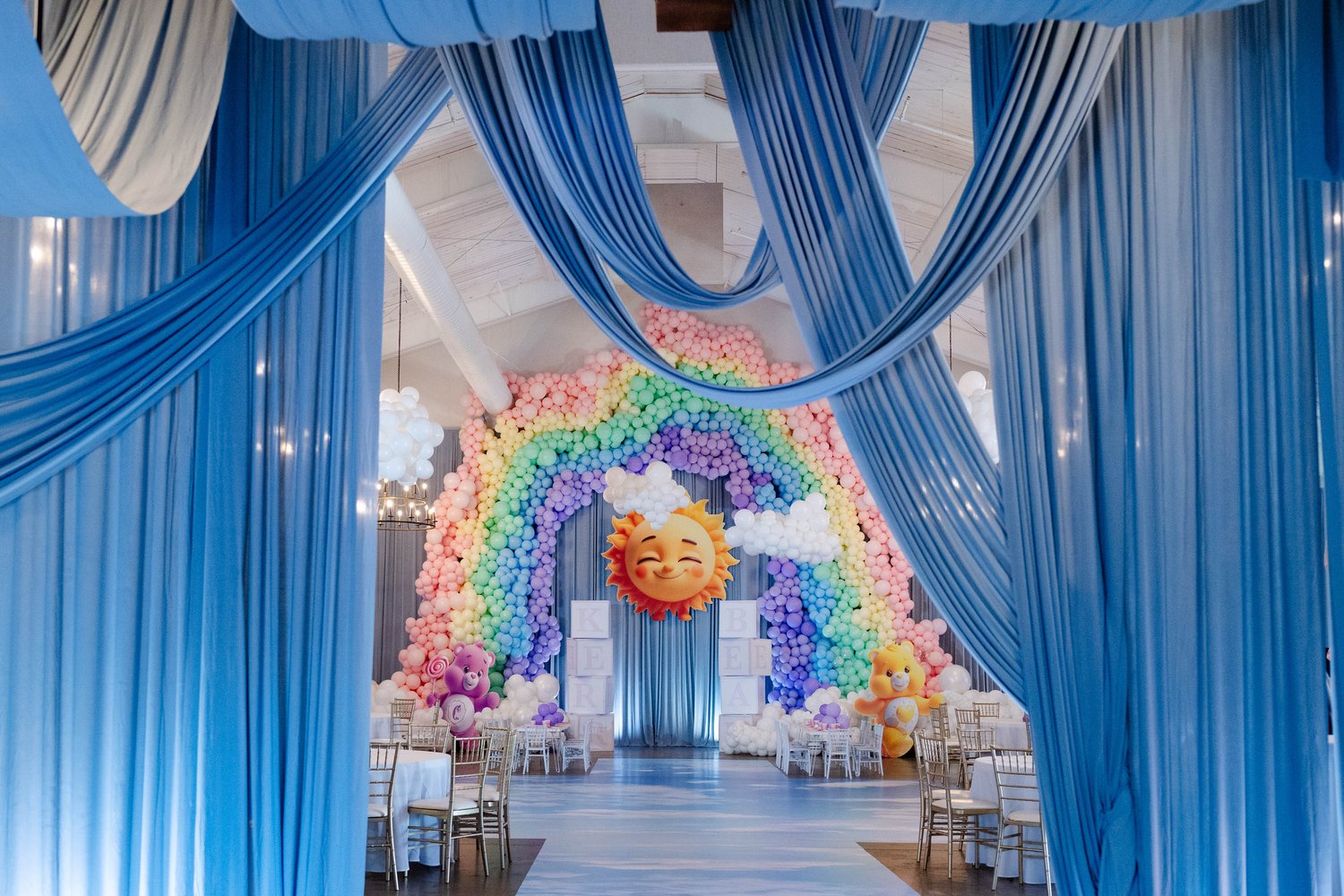
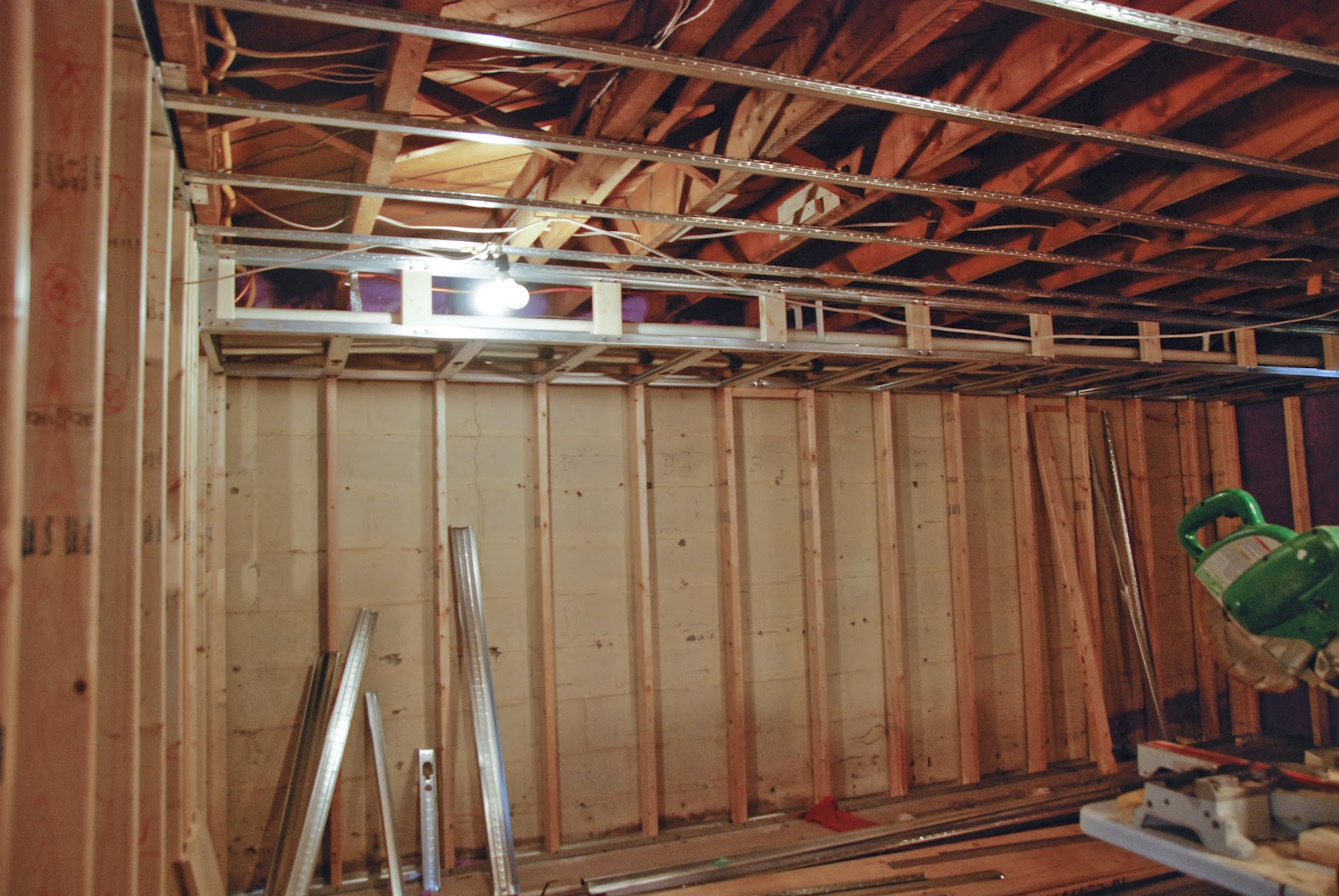

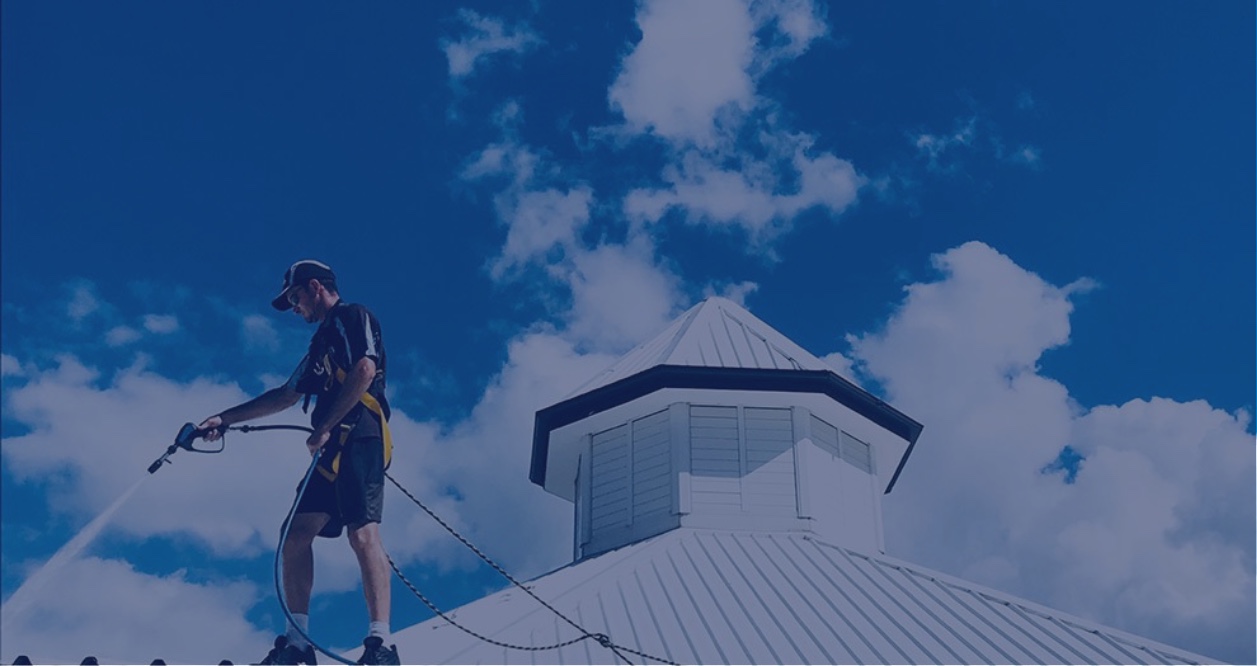


Leave a Reply